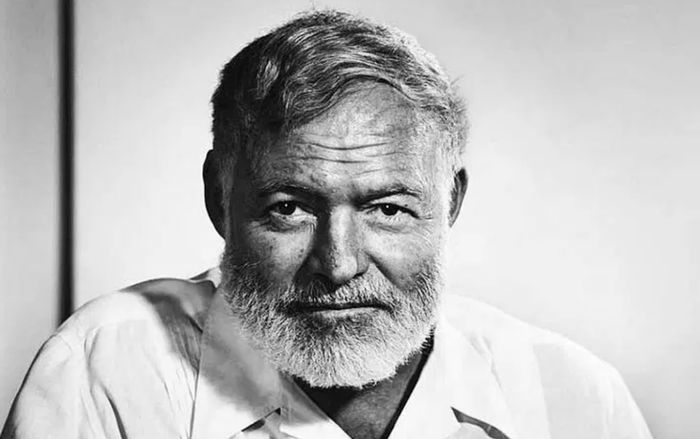Spencer Review
Spencer tells a story of a woman thrown into a family unit obsessed with decorum, wearing masks, and creating a spectacle under the scrutiny of the public eye, says Laura Lenkiewicz
Pablo Larraín’s new film Spencer opens with the caption ‘A Fable of True Tragedy.’ Thus, from the very beginning, the film conceptualises its female protagonist, Princess Diana, as a tragic hopeless character whose fate had been decided from the very moment she entered the Royal Family. Unable to fit into the rigid structures of a family fixated on maintaining decorum and obeying the rules of the game of pretence, Princess Diana was, in a way, doomed to fail to find happiness in such a milieu. Spencer depicts its female protagonist’s story of looking for home and love in the wrong places, her entrapment in the patriarchal family system, and her crying for help without ever being heard. This desire to be noticed and listened to is best reflected in the film’s portrayal of Diana’s bulimia, an illness of excess and a sign of a desperate attempt to take control over one’s emotions and life.
Spencer is not Larraín’s first foray into biographical cinema. He already directed a Spanish-language feature about Pablo Neruda’s (a Chilean poet, winner of the Nobel Prize in Literature) political engagement in Chile in the forties, as well as the American production Jackie, which focused on Jacqueline Kennedy’s life in the immediate aftermath of the assassination of her husband, President JFK. Jackie and Spencer have, in fact, a parallel structure.
“Spencer manages to paint a nuanced portrait of a female character tormented by mental health issues and trapped in an unhappy marriage”
They both focus on a period of crisis in the lives of prominent female icons who were forced to live their lives under the constant scrutiny of the public eye because of whom they chose to marry. Additionally, both works do an excellent job in adding extra layers to the portrayal of their female protagonists by depicting their relationship with their children and how their offspring react to the suffering of their mothers. Visually, the films also resemble each other. In Spencer, similarly to Jackie, the gaze of the camera is fixed on its protagonist’s face, but rather than fetishising this particular body part, it manages to convey the profoundness of the suffering of its female characters. Through the use of extreme close-ups, the film allows the viewers to notice even the tiniest change in the character’s reactions to the events happening around her and complexifies the psychological portrayal of their characters.
However, it sometimes feels that the depiction of Diana’s emotionality in Spencer seems a little over the top. Kristen Stewart’s acting in the sequence when the spectators see the protagonist for the first time struck me as slightly too theatrical. The female actor’s moves in the scene look exaggerated and her attempts to depict even the smallest change of emotion on the character’s face are somewhat forced. On the one hand, this manner of acting seems fitting in the context of the representation of theatricality of the life in the Royal Family, but on the other, Stewart’s efforts to convey the agonising sadness of her character are at times too ardent. In fact, it seems that the film in general tries too much in an attempt to convey the tragedy of its main character. It sometimes feels that Larraín’s work’s tone is excessively elevated, never allowing itself for a moment of humour or a wink to the viewer. That is why Spencer’s engagement with the metaphysical fails to work, and its effect is rather grotesque. The sequences in which the character gets transformed into the ghost of Anne Boleyn, the second wife of Henry VIII who got beheaded after having been falsely accused of adultery (despite herself having been cheated on), are resultantly rather bizarre. While the idea to evoke the figure of Anne Boleyn in order to show how the history repeats itself and highlight women’s endless entanglement in patriarchal structures of the Royal Family is good as a starting point of the film, its execution fails.
Spencer manages to paint a nuanced portrait of a female character tormented by mental health issues and trapped in an unhappy marriage. It succeeds in creating a tension between interiority and exteriority, interior spaces of Sandringham estate and the vast open fields, between the protagonist’s tormented inner life and the keeping up of exterior appearances. However, it is a pity that the character of Diana’s desire for freedom is sometimes expressed in too heavy and literal metaphors as if the film did not believe in the spectator’s capacity of understanding its protagonist’s tragedy without throwing the spectacle of Diana’s constant suffering in their face.
 Comment / Plastic pubs: the problem with Cambridge alehouses 5 January 2026
Comment / Plastic pubs: the problem with Cambridge alehouses 5 January 2026 News / Uni-linked firms rank among Cambridgeshire’s largest7 January 2026
News / Uni-linked firms rank among Cambridgeshire’s largest7 January 2026 News / New movement ‘Cambridge is Chopped’ launched to fight against hate crime7 January 2026
News / New movement ‘Cambridge is Chopped’ launched to fight against hate crime7 January 2026 News / SU stops offering student discounts8 January 2026
News / SU stops offering student discounts8 January 2026 News / Cambridge businesses concerned infrastructure delays will hurt growth5 January 2026
News / Cambridge businesses concerned infrastructure delays will hurt growth5 January 2026









